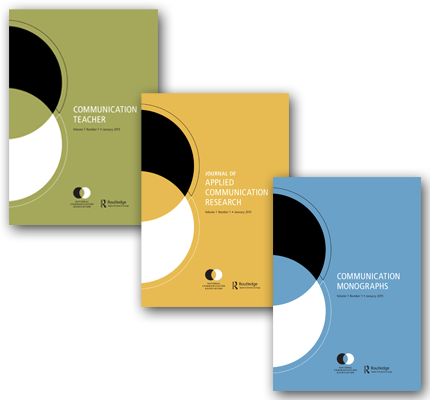
Susannah K. McMonagle, “Zika, the Centers for Disease Control and Prevention, and Secrets Resorts: Using a Viral Outbreak to Teach Students About Crisis Communication,” Communication Teacher 34 (2020): 265-271
In this article, McMonagle details a two-class activity that draws on Coomb’s concepts of crisis communication in a competitive simulation. The exercise asks students to assume the role of senior communication staff members at a resort chain that may be impacted by the Zika virus. After dividing into small groups, students are given 40-45 minutes to develop a list of crisis preparation strategies and generate strategic messages about the crisis for dissemination to the resort’s stakeholders. Groups then present their work before a winner is selected. This simulation activity provides a valuable educational experience for students, as they are required to apply their knowledge and skills in an environment that mimics crisis communication planning in the corporate world.
Brooke Fisher Liu, Lucinda Austin, Yen-I Lee, Yan Jin, and Seoyeon Kim, “Telling the Tale: The Role of Narratives in Helping People Respond to Crises,” Journal of Applied Communication Research 48 (2020): 328-349
In this article, the authors test the role crisis narratives play in the behavioral responses of the public. Participants were instructed to imagine that the United States was facing a widespread outbreak of an infectious disease. News stories about a hypothetical public health crisis were distributed to participants based on a designated narrative condition. Results revealed the crisis narratives that positively affect public protective behaviors, emotional responses, assessments of information credibility, and attributions of crisis responsibility. The authors conclude by emphasizing the importance of crisis narrative research, as it provides a framework for persuasive messaging that can preserve public health.
Sherri Jean Katz, Sahara Byrne, Alan D. Mathios, Rosemary J. Avery, Michael C. Dorf, Amelia Greiner Safi, and Jeff Niederdeppe, “Testing the Effects of Certain Versus Hypothetical Language in Health Risk Messages,” Communication Monographs 87 (2020): 47-69
This study explores the efficacy of health risk messaging in the context of present tense and hypothetical language. Participants included adult smokers and middle school students who were exposed to pictorial cigarette warning labels with language that varied by verb modality. Results indicate that present-tense language led to higher health risk beliefs among adult men. Hypothetical “may” language was most effective in communicating health risks among middle school students. The authors posit that proximity to health risks affects the efficacy of strategic messaging.

